Wool
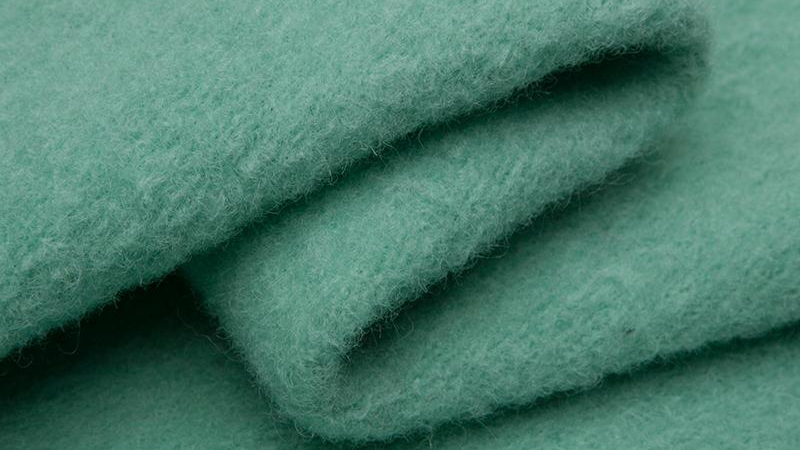
Advantages: soft and elastic feel, soft and natural luster, comfortable and beautiful to wear, high-end feeling, good hygroscopicity, not easy to conduct heat, good warmth retention, wrinkle resistance, especially after garment processing and ironing Pleats forming and garment shape retention; Disadvantages: Not resistant to alkali, shrinkage, easy to wrinkle
.Notes: The washing temperature should not be too high, avoid washing and twisting hard, and avoid sun exposure. .Ironing points: Wet ironing method, iron the clothes from the reverse side.
Wool and polyester fabric
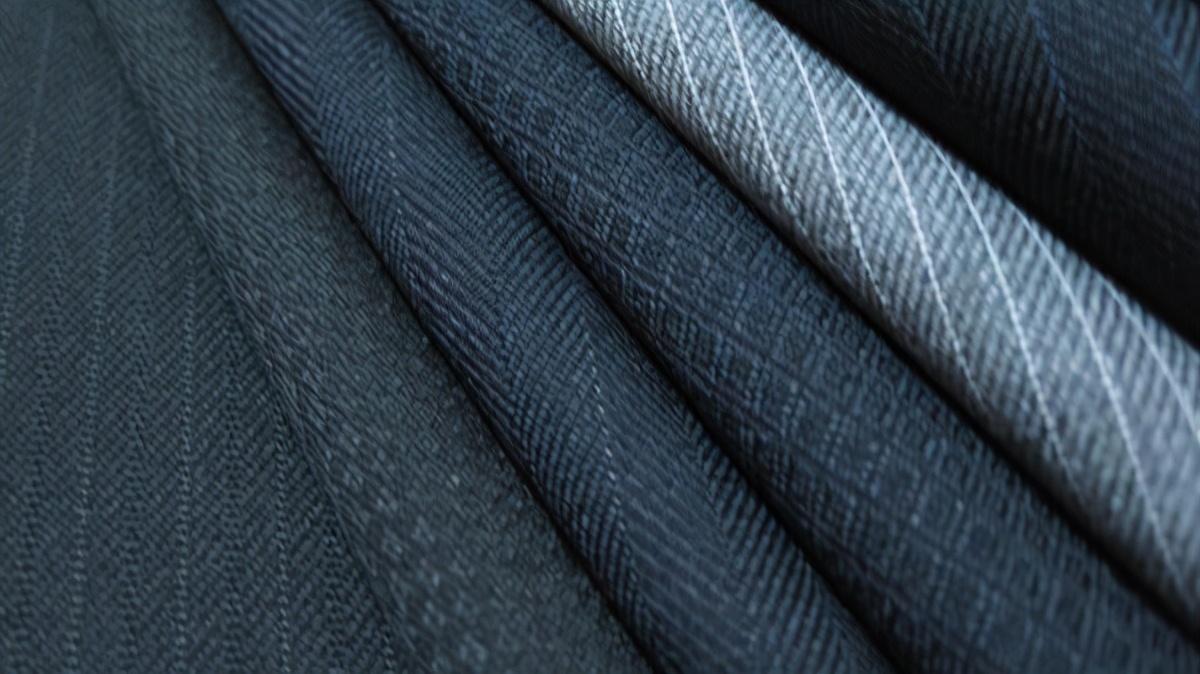
Refers to the fabric made of wool and polyester blended yarn, which is the most common type of blended wool fabric at present. The common ratio of wool-polyester blending is 45:55, which can not only maintain the advantages of wool, but also bring into play the advantages of polyester cotton fabrics.
.Advantages: strong hygroscopicity, good dyeing performance, soft hand feel, comfortable to wear, simple appearance, not easy to be eaten by insects, strong and durable.
Disadvantages: large shrinkage, poor elasticity, easy to wrinkle, poor shape retention, easy to mildew, slight fading, not acid resistant
.Notes: Clothes and cotton fabrics should be moisture-proof and mildew-proof during storage, use and storage; do not expose them to the sun for a long time, turn the inner layer out when drying, do not soak for a long time, do not wring out, keep them moisture-proof, mildew-proof, and dry in the shade. Ironing points: Iron at low or medium temperatures; when ironing at medium temperatures, cover the clothes with a dry cloth to avoid aurora.
Cotton mercerized fabric
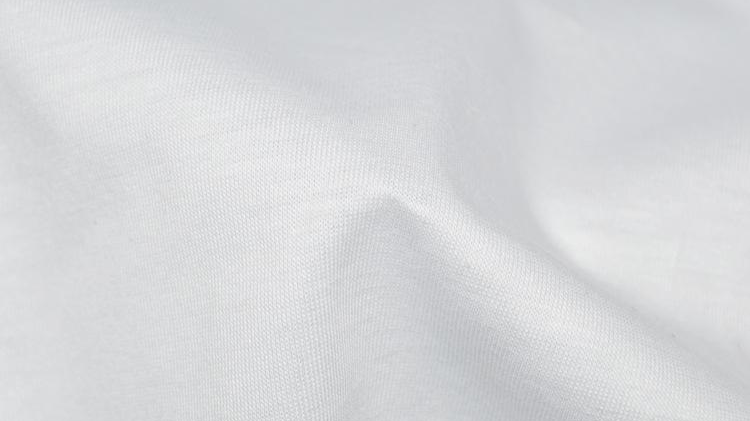
Advantages: After cotton fabrics are treated with high-concentration caustic soda (wool), they feel smooth, have bright colors, silky luster, and are comfortable to wear. Disadvantages: Slight fading. Note: (Basically the same as cotton fabric)
.Explanation of terms: Mercerizing is a traditional processing technology for cotton fabrics. It uses low-number (high-count) cotton fabric, which is treated with high-concentration caustic soda to make it smooth and silky-like. It is then finished with high-quality softener, making it light, smooth and comfortable to wear.
T/C fabric (polyester/cotton)
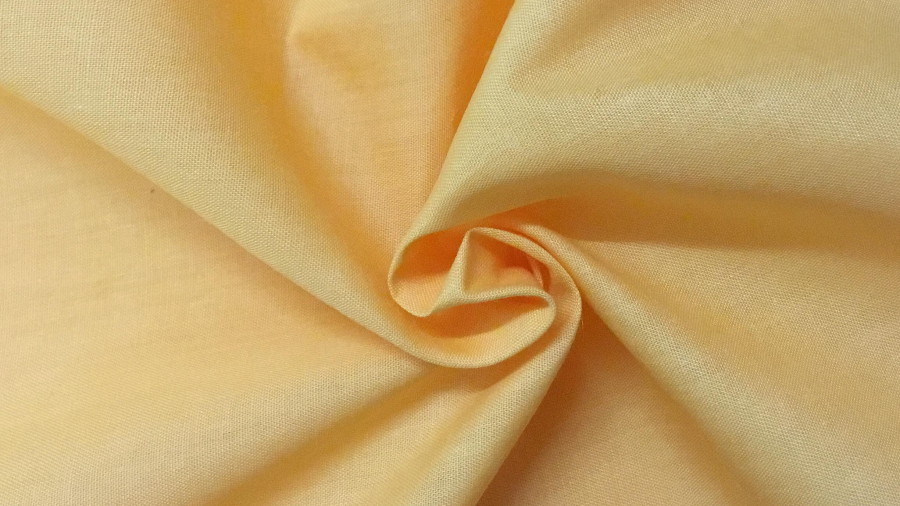
Fabric technology: interwoven with fine or ultra-fine denier polyester fiber and high-count combed cotton (40, 60, 80, etc.) , Advantages: The fabric feels crisp, smooth and brightly colored. The body is elastic, has good moisture absorption and breathability, has a smooth surface, and has a certain rainproof function. Washing and maintenance: The washing temperature is below 30℃, the washing and soaking time does not exceed 30 minutes, do not bleach with chlorine, do not expose to the sun, do not wring out, do not tumble dry, suitable for drying in the shade, and pay attention to moisture. Important points for ironing: Do not dry clean or iron at 110℃ low temperature steam.
Wool and polyester blend

Advantages: Wool and polyester blend, light and thin texture, good wrinkle recovery performance. Sturdy and wear-resistant, easy to wash and quick-dry, dimensionally stable, long-lasting pleats
. Washing points: Soak in cold water for 15 minutes, then wash with general synthetic detergent. The temperature of the washing liquid should not exceed 45 degrees Celsius. The dirty areas of the collar and cuffs can be gently scrubbed with a soft brush. After cleaning, they can be gently twisted. Wring and place to dry in a cool and ventilated place. Do not expose to the sun or dry to avoid wrinkles due to overcooking.
T/R fabric (polyester/viscose blend)

Advantages: Strong, wrinkle-resistant, dimensionally stable, washable and wearable. It can improve the breathability of fabrics, reduce pilling and anti-static phenomena. Disadvantages: Poor ironing performance. Washing points: It can be washed with water and machine. Do not wash with a brush to avoid pilling. Dry on the reverse side.
High density NC

High-density NC fabric is a fabric blended or interwoven with nylon (nylon) and cotton yarn. Advantages: It combines the wear resistance and good elasticity of nylon, takes advantage of the hygroscopicity and breathability of cotton yarn, and is more comfortable to wear than other fabrics. After interweaving, the weight of the fabric can be reduced, the elasticity of the fabric can be improved, it is not easy to wear, the hand feels soft, and it is easy to clean. High-density interweaving process makes it difficult for outside rainwater to penetrate into the fabric, and has a certain moisture-proof function. Disadvantages: poor heat and light resistance, need to be washed and ironed carefully
Washing points: Do not dry clean, dry in the shade. Maintenance method: When not wearing, put it back into the plastic bag and store it flat.
�The effect is obvious, the layers are clear, the three-dimensional effect is strong, and the color-changing effect makes the whole style rich and colorful. Maintenance and care:
1. Do not scrub.
2. Do not put sticky objects on it.
Line fabric
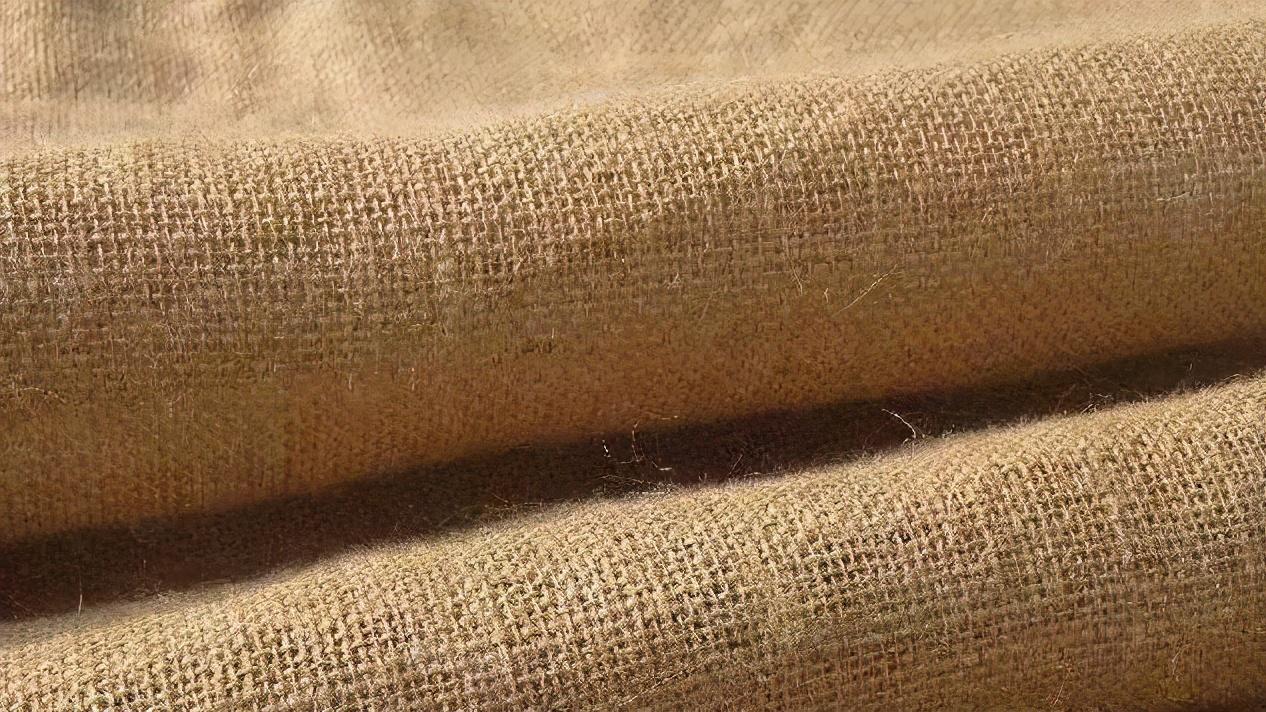
Advantages: good water absorption and comfortable to wear. Disadvantages: Easy to wrinkle and fade
Note: Do not scrub with a hard brush, do not twist with force, avoid sun exposure. Ironing points: Sprinkle water evenly when ironing, and iron at medium temperature. Knowledge on washing and maintenance of clothing
Foreign dirt or human skin secretions may be stained on the surface or gaps of clothing. External dirt includes wind, sand, dust, oil smoke, juice, vegetable market and other substances, which mainly exist on outer clothes; skin secretions include skin fat, sweat and dander, etc., which mainly exist on underwear. If clothing is worn for a long time without being washed, dirt will penetrate deep into the gaps and fibers, which not only blocks the holes, hinders ventilation and normal perspiration, and causes human discomfort, but also breeds mold, reduces color fastness, and even threatens human health. Leaving it for a long time without washing will also affect the degree of cleaning. Therefore, clothing must be washed and changed frequently.
Cotton fabric
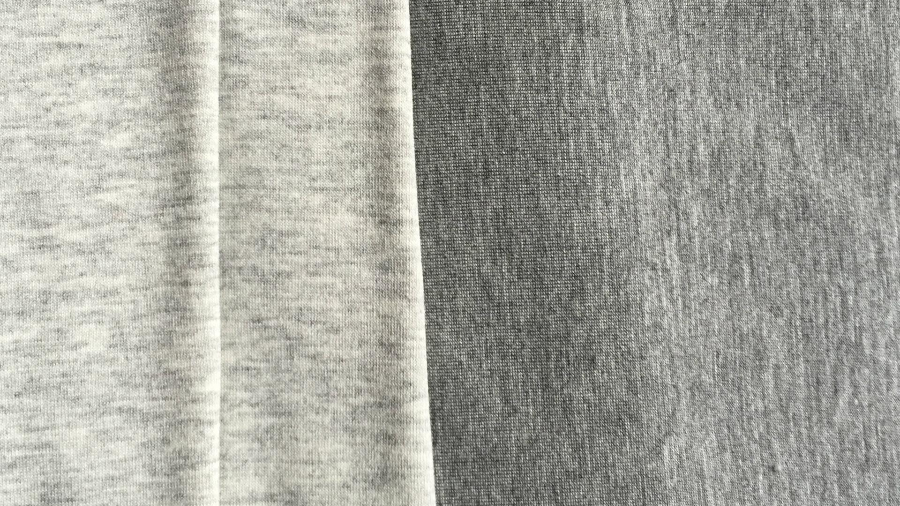
Cotton fabric has strong alkali resistance, not acid resistance, and good high temperature resistance. It can be washed with various soaps or detergents. Before washing, you can soak it in water for a few minutes, but it should not be too long to avoid color damage. Underwear should not be soaked in hot water to prevent the protein in sweat stains from coagulating and adhering to the clothing, causing yellow sweat spots to appear. When washing with detergent, the optimal water temperature is 30-50°C. When rinsing, you can master the method of “a small amount and many times”, that is, you don’t have to use a lot of water for each rinse, but you need to wash it several times. It should be wrung out after each rinse and rinsed a second time to improve washing efficiency. Clothes should be dried in a ventilated and cool place to avoid exposure to sunlight, which may cause colored fabrics to fade.
Wool fabric
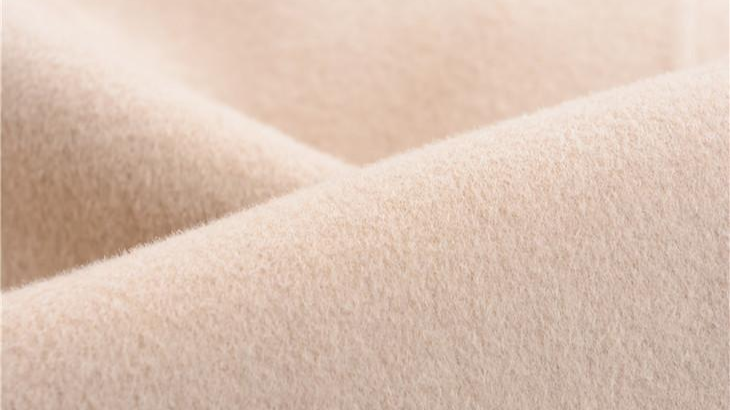
Wool is not resistant to alkali, so it needs to be washed with neutral detergent or soap tablets. Wool fabrics will shrink and deform in aqueous solutions above 30°C, so the washing temperature should not exceed 35°C. The aqueous detergent solution is usually prepared with room temperature (25°C) water. Do not use a washboard when washing. Even if you use a washing machine to wash, you should wash gently and the washing time should not be too long to prevent shrinkage. Do not twist the glue after washing, squeeze it with your hands to remove the water, and then drain it. When using a washing machine to dehydrate, half a minute is appropriate. It should be dried in a cool place and not exposed to strong sunlight to prevent the fabric from losing its luster and elasticity and causing a decrease in strength.
Viscose fabric
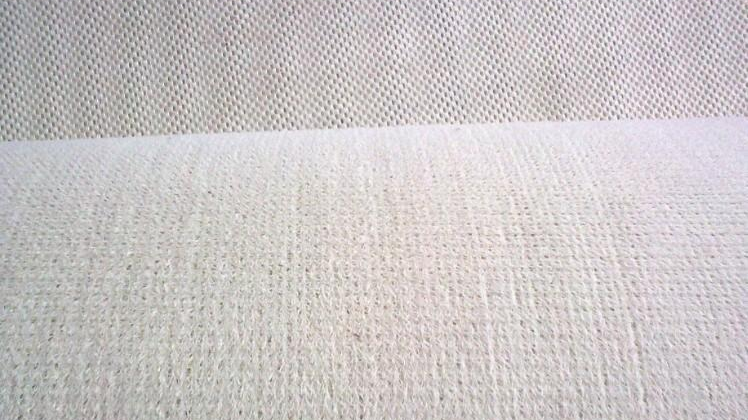
Viscose fiber has a large shrinkage rate and low wet strength. When washing, it should be soaked with water. Do not soak it for a long time. The viscose fiber fabric will become hard when exposed to water, so be gentle when washing. Wash to avoid lint or rips. Use neutral detergent or low-alkali detergent. The temperature of the washing liquid cannot exceed 35°C. After washing, fold the clothes and squeeze out a lot of water. Do not twist them. Do not expose them to the sun after washing. They should be dried in a cool or ventilated place.
Polyester fabric
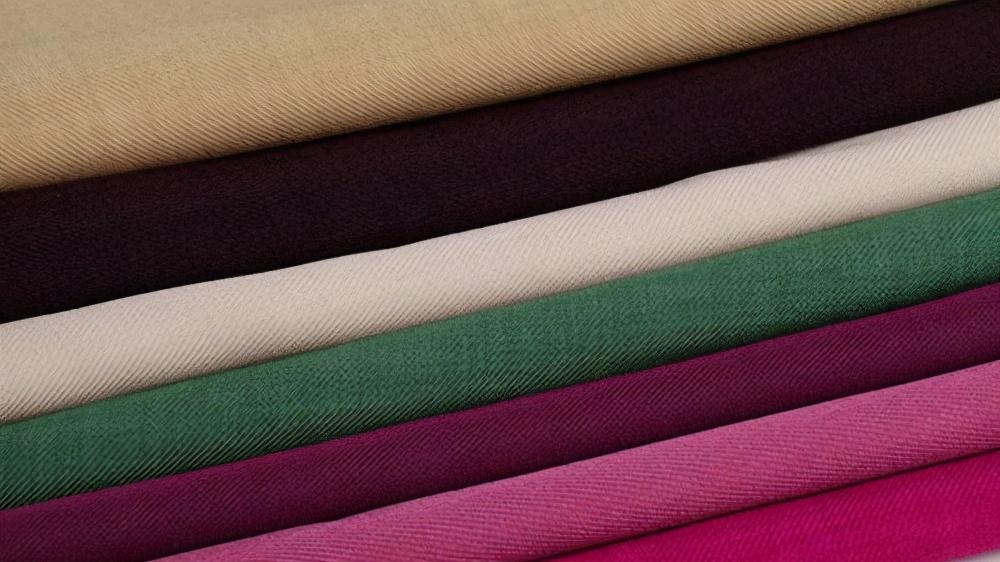
First soak in cold water for 15 minutes, then wash with general synthetic detergent. The temperature of the washing liquid should not exceed 35℃ . You can use a brush to clean the dirty areas of the collar and cuffs. After washing, rinse well, twist it gently, and place it in a cool and ventilated place to dry. Do not expose it to the sun or dry it to avoid wrinkles due to heat. General high-end woolen clothing with exquisite workmanship
High-end clothing (such as suits, etc.) made of high-grade fabrics that are not too dirty and do not need to be washed in water, or clothing that cannot be washed in water, need to be dry cleaned; precious fur clothing should also be sent to a dry cleaner for dry cleaning.
Clothes that cannot be dry cleaned
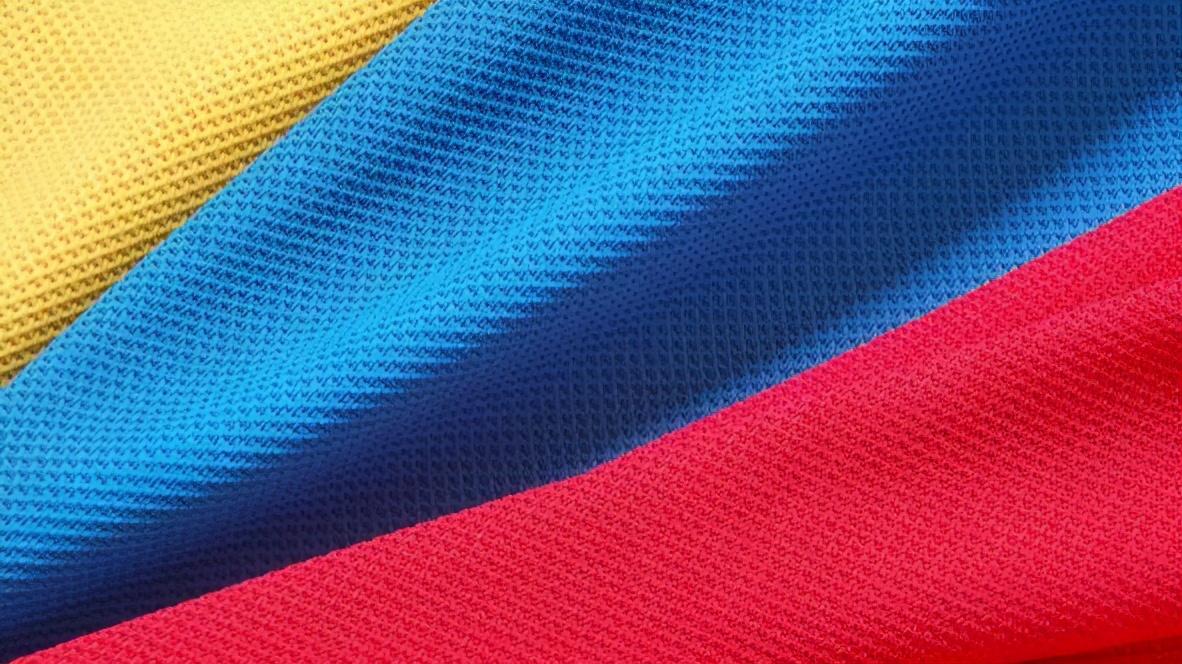
Vinyl and polypropylene clothing have poor resistance to organic solvents and cannot be dry cleaned. PU coated fabrics and other resin-finished fabrics cannot be dry cleaned.






